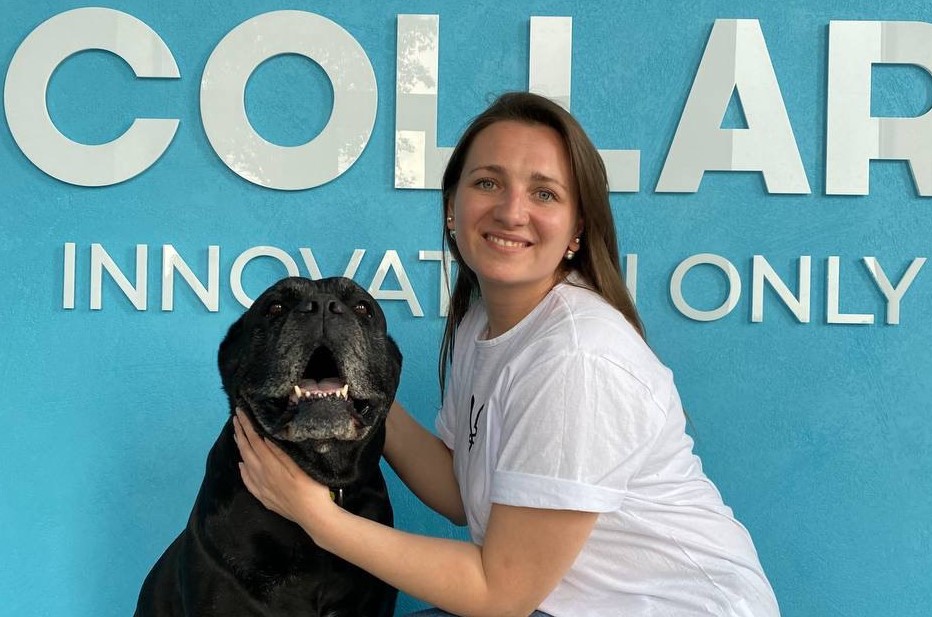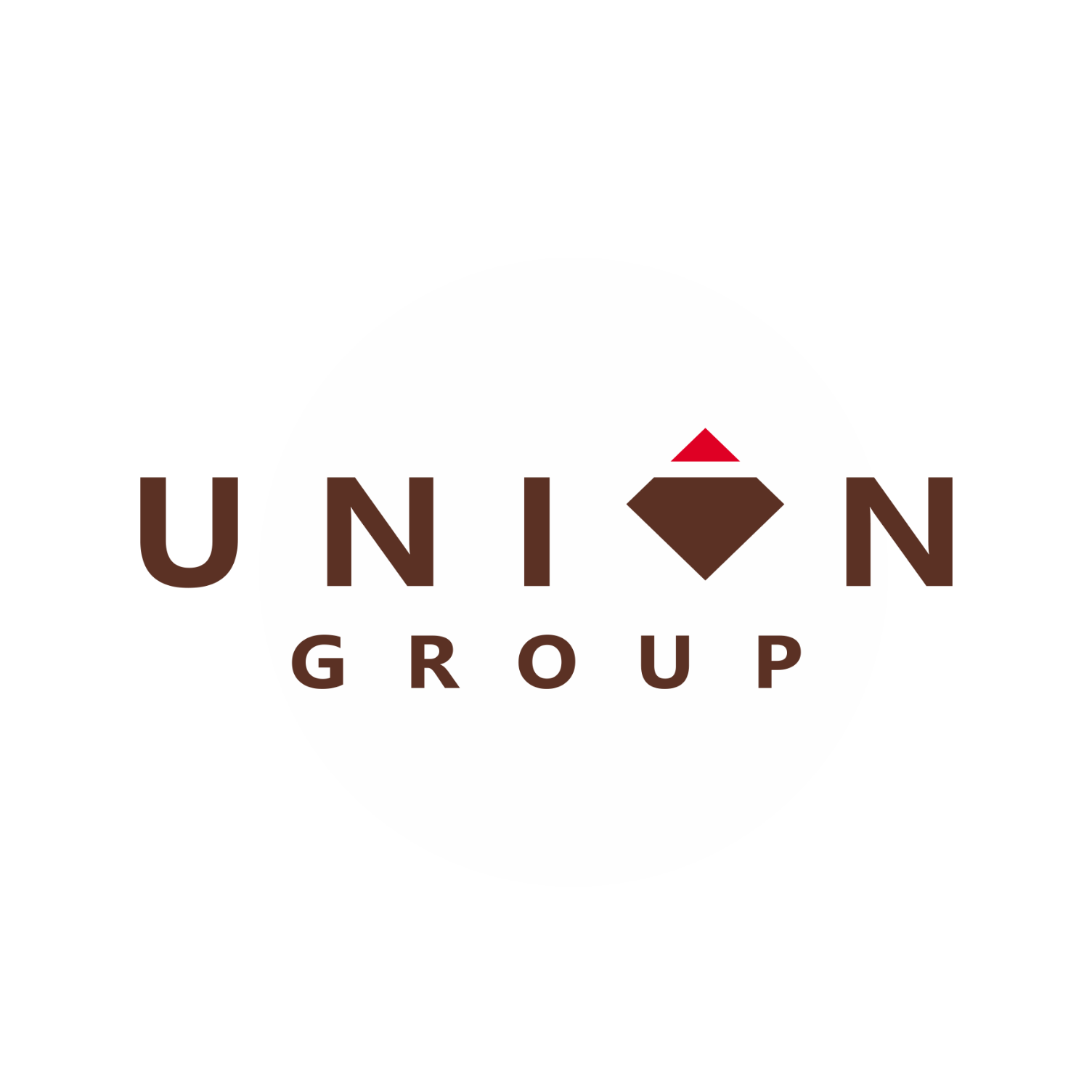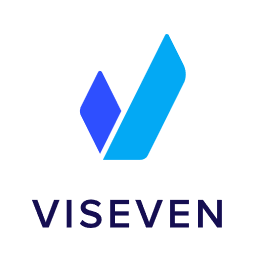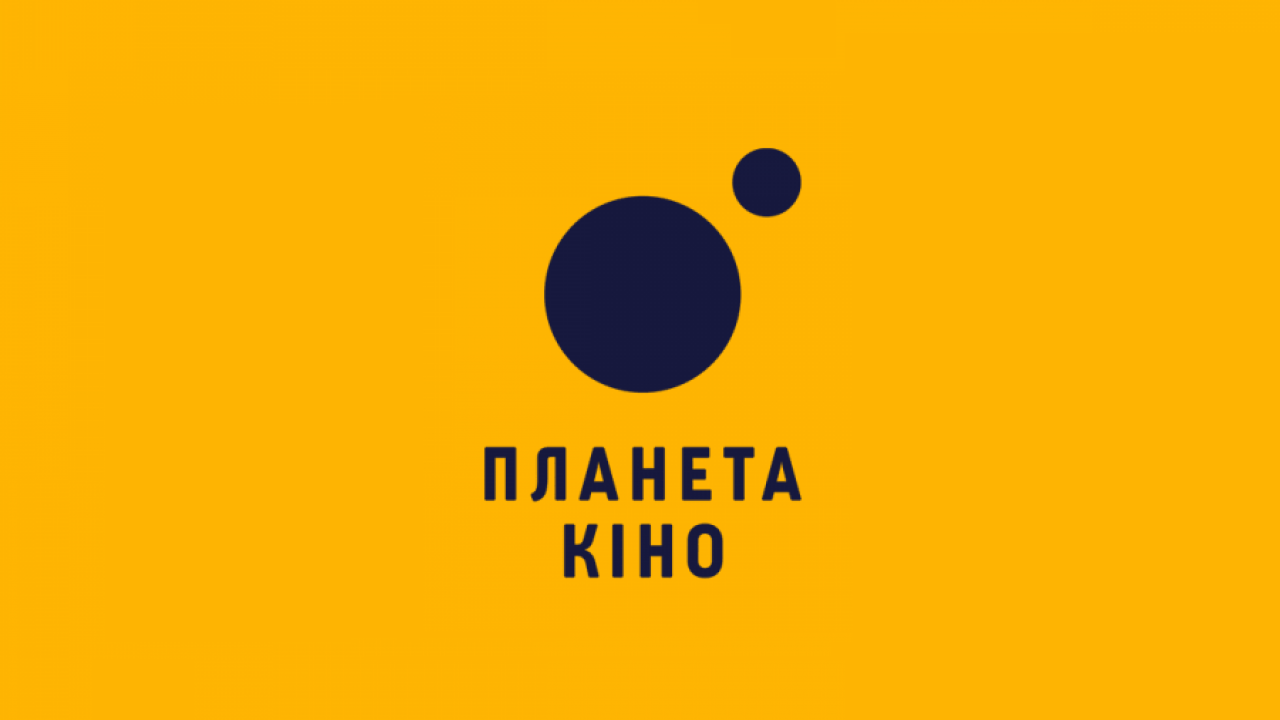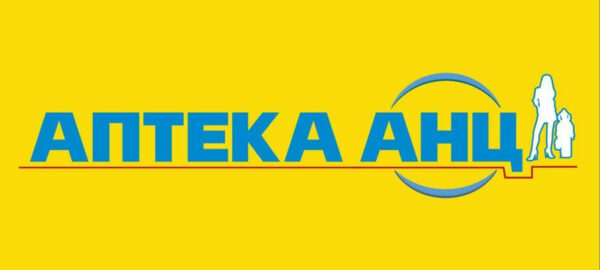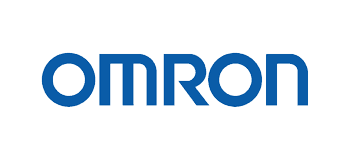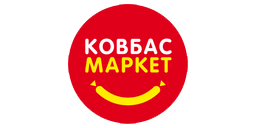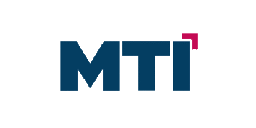
When HR and L&D teams work as a single mechanism, something truly special happens. HR sees the big picture – who has potential, what competencies need to be developed, how to build career paths. And L&D knows how to translate this vision into specific training programs, how to motivate employees to learn, and how to measure the results.
In this article, we will analyze three processes that are on the borderline of HR and L&D functions: 360 personnel assessment, management by objectives (MBO), and individual development plans (IDP). We will also show how LMS Collaborator helps to combine these processes into a single, well-coordinated system.
360° assessment: a view from all sides
To effectively develop employees, it is important to have a complete picture of their strengths, personal qualities, and professional competencies. One way to obtain this data is through a 360-degree personnel assessment. It includes feedback from the manager, colleagues, subordinates, and the employee.
This comprehensive approach provides objective information about how a person interacts with others, how effective they are, and what competencies they demonstrate in their daily work.
Strategic tandem of HR and L&D:
Personnel assessment is considered an HR function, but its results directly affect training. If HR and L&D work separately, a typical situation may arise: “the assessment is done, the results are in, but what’s next?”
HR conducts the assessment: Organizes the 360° assessment process, collects and analyzes the results, and identifies areas for employee development.
L&D transforms results: Develops training programs based on identified needs, selects appropriate development formats, and creates personalized learning plans.
The result of joint work: The assessment turns from a simple data collection into an effective development tool that brings real benefits to both the employee and the company.
How it works in LMS Collaborator:
LMS Collaborator allows setting up and automating the entire 360° personnel assessment cycle: from creating questionnaires to collecting and analyzing results. First, you create a rating scale and define the criteria for evaluating employees. Next, you create tasks and assign respondents. This can be done manually or automatically based on the company’s organizational structure.

An example of an assessment in LMS Collaborator
An example of an assessment in LMS CollaboratorThe system independently collects data and provides comprehensive analytics, including:
– comparing employee self-assessment with colleagues’ assessments,
– analyzing gaps between actual results and established standards,
– profile analysis of assessments by groups,
– matrix data analysis.
MBO system in the company: goals leading to development
MBO (Management by Objectives) is a management system that focuses on setting clear, measurable goals for each employee and tracking progress toward achieving them. Goals in the MBO system are usually tied to the company’s overall strategy. This helps employees clearly understand where they are headed and how their work affects the company’s overall performance.
Strategic tandem of HR and L&D:
Management by objectives is usually taken over by the HR team, but successful implementation of this system is impossible without the involvement of L&D.
HR shapes the process: It creates a goal management system, sets deadlines, monitors implementation, and aligns them with the company’s strategy.
L&D provides support: Provides the necessary training resources, develops development programs, and helps employees acquire the necessary skills.
The result of joint work: Employees receive not only clear goals, but also all the necessary tools and support to achieve them with confidence.
How it works in LMS Collaborator:
In LMS Collaborator, all employee objectives are collected in a single structure – the goal tree. This is not just a list of tasks, but a dynamic system that reflects the connections between employees, their managers, and the company’s priorities.
Each objective can be switched to one of two modes:
1. “edit mode” when participants can edit all parameters,
2. “assessment mode”, where only status updates, KPIs, and final scores are available.
This allows you to control the level of access depending on the stage of work on the goal.

Example of MBO creation in LMS Collaborator
If you use the OKR methodology, one goal can have several sub-goals, and for each of them, you can assign a separate responsible executive and a supervisor who accompanies the process and evaluates the result. If the company has a classic MBO, the LMS automatically generates a goal tree based on the organizational structure, taking into account the relationship between managers and subordinates. A template with a ready-made set of goals is created for each employee, and line managers automatically become the curators of these goals.
For each position, you can customize separate templates that take into account the specifics of the role. And to determine the achievement of goals, you can use both specific KPIs and a textual description of the expected results.
PRACTICAL EXPERIENCE. How did RBI Retail Innovation automate 360 and MBO assessment on the LMS Collaborator platform?
 How we automated 360° and MBO valuation at RBI RI
How we automated 360° and MBO valuation at RBI RI
For the second year in a row, the com
pany has been conducting a 360° competency assessment. This is part of the annual Performance Appraisal, which covers all employees. The process takes place in January and February.
To avoid manual work and make it easier to collect feedback, we moved the process to LMS Collaborator. Now everything is automated.
How the 360° assessment works
Each employee is assessed by:
- themselves,
- their Team Lead,
- colleagues by function,
- members of the Agile team, and,
- for managers, subordinates.
In Collaborator, we define who assesses whom and assign forms. The assessment is based on corporate competencies that are relevant to each role. The platform also allows you to add comments.
Comments are a key part of the assessment, because employees are interested in seeing more than just their scores. We ask our colleagues to leave feedback in the format:
- Start – what to do
- Stop – what to stop
- Super – what to continue
This provides not only numbers, but also a clear direction for development. We use this data for annual bonuses and individual development plans (IDPs).
How MBO works
In addition to the 360° assessment, we have also implemented a management by objectives (MBO) system. Annual goals start with the CEO and cascade down to each employee.
We used to store goals in Excel. Now everything is in the LMS Collaborator. The platform allows you to create, change, and evaluate goals online. Each employee has Company Objectives. Managers also have Personal Objectives. We add KPIs to each goal.
Now the evaluation is structured and convenient for everyone.

Daryna Serhiienko, HR Generalist, on the results of the work:
«After implementing LMS Collaborator, Performance Appraisal became easier, more transparent, and clearer. We have reduced the administrative burden and successfully conducted the assessment twice. Less “boring processes» – more value for employees».
Individual development plan: a personalized growth route
What is it?
Individual development plan – is a structured employee growth program that takes into account personal needs and potential.
When is it created?
ІThe PR is usually formed after the personnel assessment and goal setting in the MBO system.
What is it for?
To clearly see the employee’s strengths, areas for development, and specific goals to be achieved.
Strategic tandem of HR and L&D:
HR shapes the direction: It sees the full picture of the company’s development, analyzes assessment results, determines competencies for positions, and aligns the IDP with business goals.
L&D implements plans: Selects or creates training programs, adapts training to the needs of the employee, and ensures a balance of theory and practice.
The result of joint work: The IDP becomes a clear route that simultaneously supports the employee’s career ambitions and meets the company’s strategic goals.
How it works in LMS Collaborator:
LMS Collaborator allows you to create several development plans for one employee. For example, to improve in the current role or to prepare for a future transition to a new position. In order not to create everything from scratch, it is convenient to use ready-made sets of tasks that can be easily edited according to the specifics of the position.

An example of creating a development plan in LMS Collaborator
You can add training and personal tasks to development plans, thus ensuring a comprehensive approach to employee development. As well as one-to-one meeting tasks to record the results of individual meetings between the employee and HR or manager.
Conclusion
Talent development is a joint responsibility of HR and L&D departments. The 360 assessment, MBO system and individual development plans work most effectively when there is a clear partnership between HR and L&D and a shared vision of the result.
That is why it is important to have a single platform that allows you to connect all these elements into a coherent system. LMS Collaborator is not just a learning platform. It is a tool that helps to build a clear and transparent talent development system where every process, from assessment to career planning, works in a coordinated manner.

